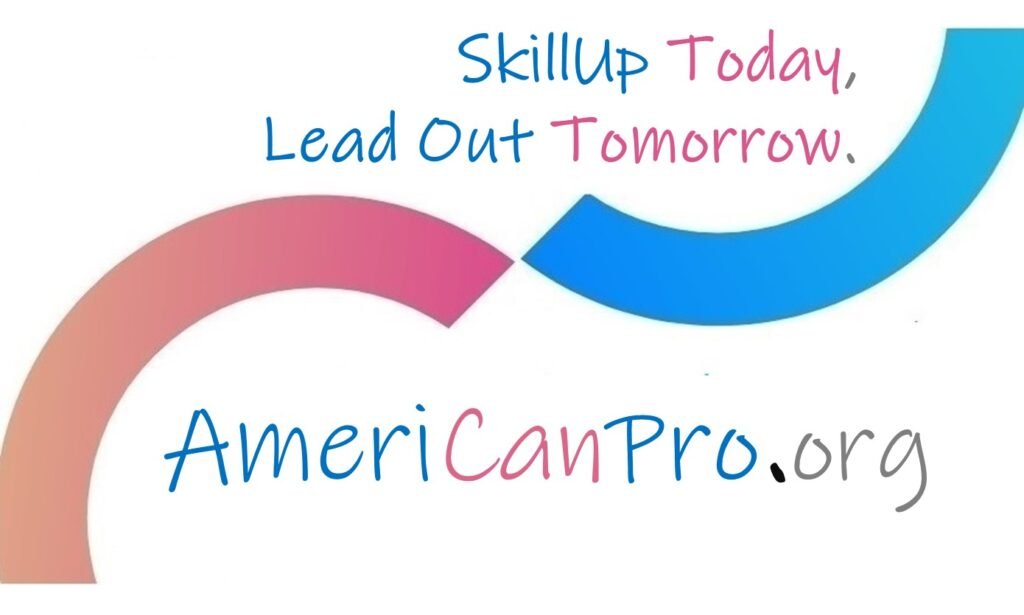Agile Internal Auditing is a modern approach to internal auditing that leverages the principles and practices of the Agile methodology, originally developed for software development.
Key Concepts of Agile Auditing:
- Mindset: More than just a process, it’s about embracing a mindset focused on flexibility, collaboration, and rapid response to change. This means internal audit teams need to adapt their approach to stay aligned with an organization’s evolving risks and priorities.
- Iterative Approach: Instead of a rigid, year-long audit plan, Agile auditing involves working in short, iterative cycles called “sprints”. This allows for continuous feedback and adjustments throughout the process.
- Focus on Value: Agile auditing emphasizes delivering tangible value to stakeholders by focusing on the most critical risks and providing timely insights.
- Collaboration and Communication: Agile promotes close collaboration and frequent communication between auditors and stakeholders throughout the audit lifecycle.
- Flexibility and Adaptability: Agile auditing allows audit teams to respond quickly to changing business conditions and emerging risks by modifying their plans and scope as needed.
Why Adopt Agile Auditing?
- Enhanced Responsiveness: Agile auditing helps internal audit teams to respond rapidly to changing risks and business priorities.
- Improved Efficiency: By breaking down audits into shorter sprints and streamlining processes, Agile auditing can reduce audit cycle times and improve overall efficiency.
- Better Risk Management: Agile auditing enables organizations to identify and address risks in real-time by providing more timely insights and facilitating quicker issue resolution.
- Stronger Stakeholder Engagement: Agile methods foster greater collaboration and communication with stakeholders, leading to improved alignment with business objectives and stronger relationships.
How to Implement Agile Auditing:
- Adopt an Agile Mindset: Embrace a culture of adaptation, collaboration, and continuous improvement.
- Train Your Team: Provide training on Agile principles, frameworks (like Scrum or Kanban), and tools.
- Start Small (Pilot Audits): Begin with a pilot audit to gain experience and learn from the process before scaling up.
- Develop a Flexible Audit Plan: Focus on a shorter planning horizon (e.g., quarterly) and prioritize audits based on current risks.
- Use Iterative Cycles: Break down audits into sprints and conduct regular check-ins and feedback sessions.
- Improve Communication and Collaboration: Foster open communication and collaboration among audit team members and stakeholders.
- Leverage Technology: Utilize project management tools and audit software to support Agile workflows, automate tasks, and enhance reporting.
Challenges of Agile Auditing:
- Mindset Shift: Changing the mindset of audit teams and stakeholders can be challenging.
- Resistance to Change: Some individuals may resist adopting new methodologies, particularly if they are used to traditional auditing practices.
- Integration Complexities: Integrating Agile practices into existing audit processes and organizational structures may require effort and adjustments.
By embracing Agile auditing principles and practices, internal audit functions can enhance their effectiveness, efficiency, and value to the organization in a rapidly changing business environment.

